

Dawn of the New World is a tale of two realms caught in a parasitic balancing act that threatens to destroy both worlds forever. Fitting then that the gameplay suffers from the same abrasive dichotomy, where half the ideas succeed while the other half sucks the life out of the whole project. For every memorable moment or little touch that made us crack a smile there was something equally annoying to bring us back down to “oh god how much longer is this game?” territory.
Let’s start with the cast, which mainly consists of Emil and Marta. They play off each other quite well at first, with Marta always energetic and sure of herself while Emil feels inadequate in every way. Once he forms a pact with the soon-to-be-revived monster king Ratatosk, however, Emil gains an aggressive split personality that takes control whenever there’s danger. Kind of neat, but in reality this means Emil grows as a character extremely slowly, always jumping in and out of wishy-washy whiner (and oh man, does he ever whine) and red-eyed leader instead of developing on his own. Only far later does he start to shape up, and even then he’s still a bit too baby-ish for our tastes.
Above: Emil, as possessed by Ratatosk, tries to make a Pokemon-esque pact with a monster
Part of Emil’s newly acquired skillset is the ability to form pacts with the 200-plus monsters that populate the game’s real-time battles. Each has its own strengths, weaknesses, affinities and class, which very much makes the collection of said monsters feel like an extension of Pokemon. Emil and Marta are the only mainstays in your party, so the rest of the battle slots are filled by these customizable monsters. It’s easy to become obsessed with catching these suckers, trying to make a team that perfectly complements each other for huge combo attacks against some of the tougher bosses. It’s almost as pleasantly addicting as Pokemon itself.
But, to balance things out, it’s borderline unnecessary to spend all that time building up a perfect team. Emil and Marta are highly effective on their own, and once the cast from the first Symphonia game start popping into your party (including Colette, Genis, Raine and Sheena) you find they’re typically better than any monster you may have, even though their equipment and stats cannot be changed. So the question then becomes, are you willing to sink a lot of time into an aspect of the game that can practically be ignored altogether? If so, hey, you’ve got a lot of material to cover. If not, one of the game’s biggest bullet points is meaningless.
Above: Emil and Richter fight with two capture monsters on a battlefield that’s just been completely turned to the blue element
Then there are the games many side quests, which are acquired by visiting the Tales-staple Katz Guild. Each side quest awards some trinket of varying import, but we found the time invested did not match up with the payoff; weapons won by delivering a package or saving a lost researcher were sometimes weaker than those in the town’s shop. What’s even weirder is the fact that the game introduces quests to you early on, then recommends you don’t begin them until level 12. We were at level 7 or 8 when we attempted the first and got creamed. Why bring it up if we can’t really take advantage of it for an unknown amount of hours?

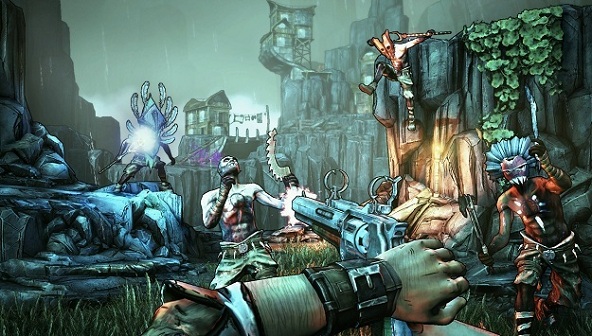
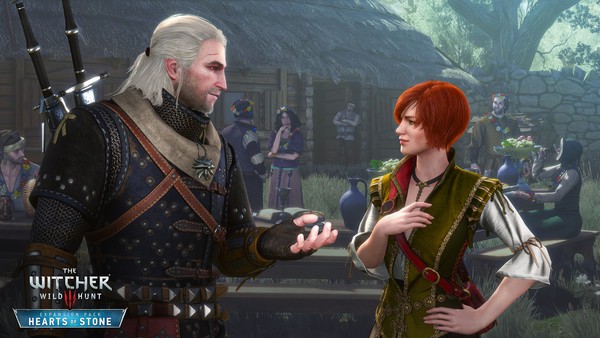
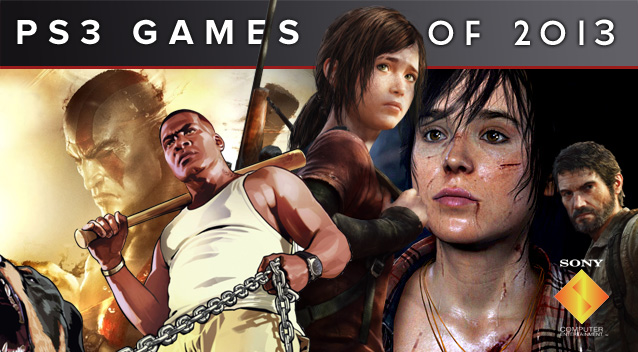
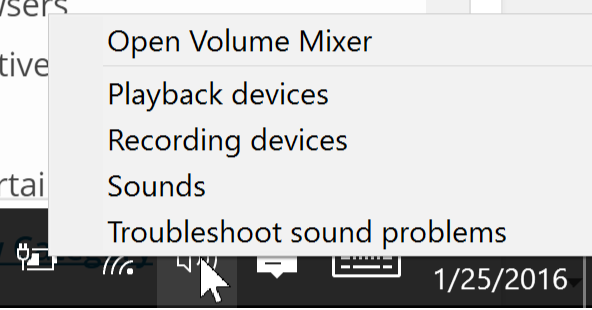 How to Change Volume of Individual Programs in Windows 10
How to Change Volume of Individual Programs in Windows 10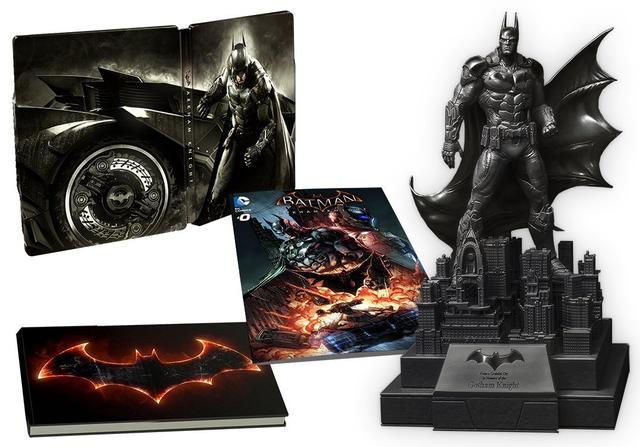 How to find all Joker Teeth Locations in Batman Arkham Knight: A Matter of Family DLC
How to find all Joker Teeth Locations in Batman Arkham Knight: A Matter of Family DLC Dark Souls 2 Weapons and Shields Guide Bows, Greatbows and Crossbows
Dark Souls 2 Weapons and Shields Guide Bows, Greatbows and Crossbows How to Create a Linux VLC Streaming Media Server for Your Home
How to Create a Linux VLC Streaming Media Server for Your Home Payday 2: Alesso Heist Stealth Walkthrough Guide
Payday 2: Alesso Heist Stealth Walkthrough Guide